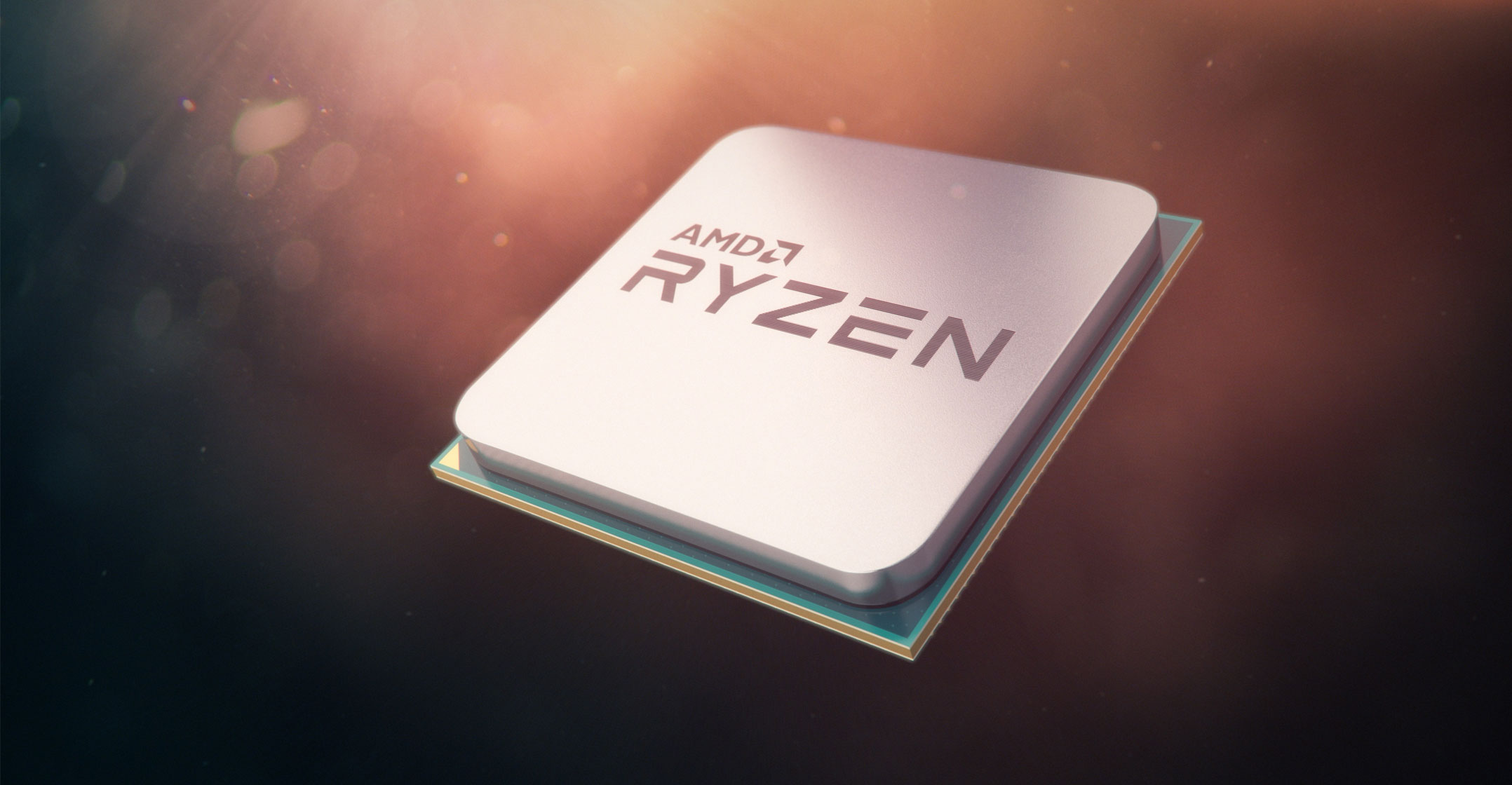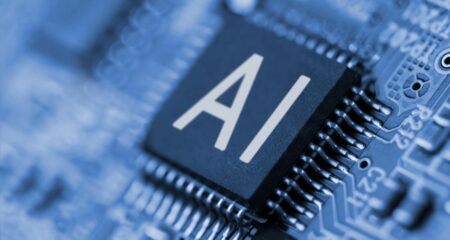
Advanced Micro Devices’ new products, aimed at trying to claw back orders lost to Intel in the market for chips that run PCs, are giving sales a boost — just not one big enough to help profitability and satisfy investors after the stock increased almost fourfold last year.
Fourth quarter revenue may be as low as US$1.34bn, based on a forecast given by the Sunnyvale, California-based company Tuesday in a statement. That would match the average analyst estimate, according to data compiled by Bloomberg. Though the midpoint of the outlook would translate to about a 26% sales gain from a year earlier, it would be a decline of about 15% from $1.64bn in revenue reported for the third quarter.
AMD now has designs for desktop and server computers that it says are as fast as or faster than rival products from Intel, the world’s largest semiconductor maker. Analysts are predicting those offerings, coupled with laptop processors to be launched later this year, will spur an increase in market share. The question is whether that’ll be fast enough to justify the gains the stock has made over the last two years.
Once concern was the lack of progress in profitability, said Kevin Cassidy, an analyst at Stifel Nicolaus & Co. More competitive products should bring higher prices and lift margins, he said. AMD reported a gross margin, or percentage of sales remaining after deducting the cost of production, of 35%. That compares with more than 60% at Intel and 58% at graphics-chip maker Nvidia. To close that gap, AMD will need to sell more of its new Epyc server chips, he said.
“Epyc is the thing that changes gross margin for them,” Cassidy said.
AMD’s shares fell about 11% in extended trading after earlier closing at $14.25 in New York. The stock had gained 26% this year, following a 295% surge in 2016.
Net income was $71m, or $0.07/share, compared with a loss a year earlier. It was the first reported profit in five quarters. Sales rose 26% to $1.64 billion. Analysts projected profit of $0.05/share on revenue of $1.51bn.
Only rival
AMD is Intel’s only rival in the market for PC microprocessors and the second largest maker of graphics processors for add-in cards for PCs used by gamers, behind Nvidia.
CEO Lisa Su is trying to restore AMD’s fortunes after years when its products either came too late or fell short of promises. Under Su, the company has repaired its balance sheet and revamped the entire product lineup with new designs. Ryzen for desktops and Epyc for servers are trying to carve out space in the most profitable segments of the market. A new design for laptops, the biggest area of PCs by volume, is scheduled for later this year.
Su told analysts on a conference call that while she was pleased with demand for Ryzen, the majority of that market is still being served by older AMD products and it will take time for the new design to become more prevalent. — Reported by Ian King, (c) 2017 Bloomberg LP




